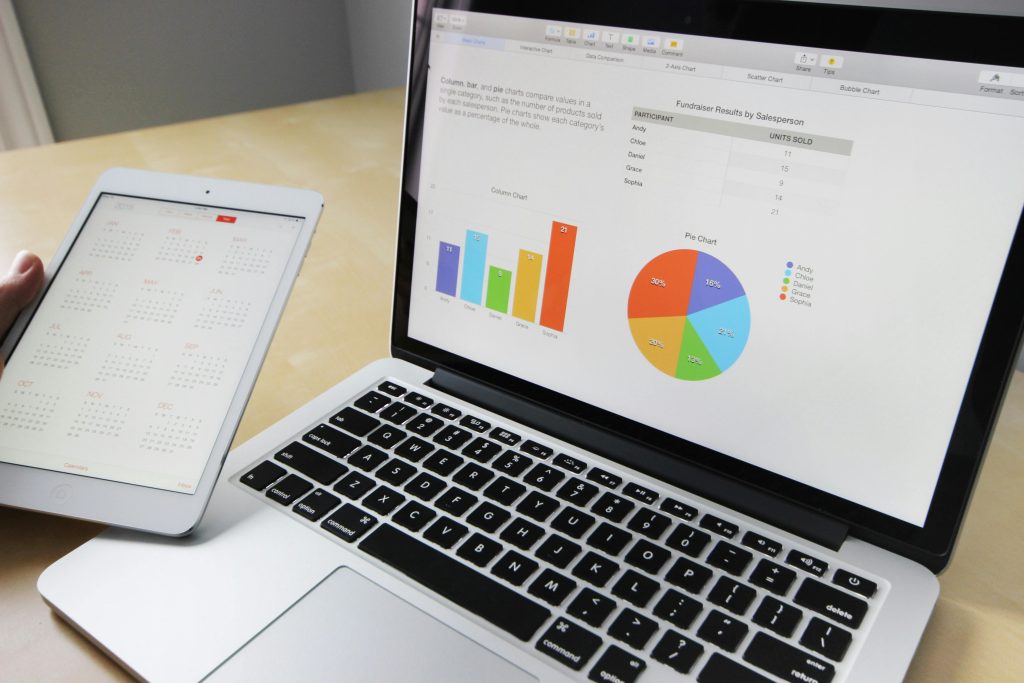
To thrive in an increasingly digital age, businesses rely on innovations and emerging technologies to give themselves an edge over other competitors in the market.
One of the most important technological integrations in any business across different markets and industries today is big data and analytics. According to findings from Statista, the global big data and business analytics market was valued at $168.8 billion in 2018. Since then, businesses have relied on big data and business analytics to generate helpful business insights and keep up with digital transformation.
A Statista survey revealed that revenue, which leads at more than 50% of respondents, digital transformation, customer intimacy, and regulatory and compliance purposes for other businesses are key business drivers for adopting data and analytics. In terms of revenue, big data and business analytics play a significant role in business revenue management and billing, depending on the products and services offered.
This post will take a look at some of the ways big data can contribute to business revenue management and billing:
Valuable Business Insights
Revenue management processes involve large amounts of data for any business. When you consider different billing and subscription models, these datasets become even more complex, which is where big data and analytics come in. Aside from automating and streamlining processes, data analytics can help businesses improve their product or service offerings. Companies can use the subscription billing software and recurring billing software on SOFTRAX to help keep track of all billing levels, which is especially common among companies offering digital products or services. Aside from managing and handling revenue and billing-related data, SOFTRAX also helps translate all this data into customized reports, feature-rich dashboards, and KPIs.
This allows teams and employees to access the data in more digestible ways, allowing them to make more informed decisions about product and service offerings, marketing campaigns, pricing, and customer engagement strategies. Whether subscription, cloud, or recurring billing, SOFTRAX’s revenue management system provides features and functions to help support business needs and dedicate time and resources to other business growth matters, such as revenue generation strategies.
Supply Chain and Inventory Management
Aside from providing digestible and valuable business insights, the use of big data and analytics for revenue management and billing can also help streamline supply chain and inventory operations. In a previous post, we cited data from GM Insights analysis indicating the continuous rise of artificial intelligence in retail, as well as the use of AI for facilitating predictive analytics to improve supply chain and inventory management. By analyzing revenue and billing-based data, for example, businesses can better understand historical sales data, seasonality, market trends, and other factors to forecast future demand for products.
Even beyond the retail industry, these insights can help reduce the risk of over-investing in certain products and help inform teams on what product, service, or pricing changes to make to make conversions happen and improve overall business efficiency. By using big data and analytics for revenue management, businesses can also reduce costs by focusing on products and services that align with shifting customer needs and preferences.
Personalized Customer Experience
Finally, using big data and analytics in revenue management and billing can also help businesses prioritize customer experience, engagement, and personalization. Taking the example of e-commerce giant Amazon, the company constantly analyzes past purchases, browsing history, and even mouse movements to recommend products tailored to each customer’s preferences. In turn, this leads to higher conversion rates and customer satisfaction. Likewise, businesses can use data collected on revenue and billing to understand what customers are most interested in depending on the time of the year and other external factors and adjust customer service approaches accordingly.
By leveraging big data and analytics, businesses can better predict customer preferences and buying habits to create highly personalized experiences and stand out in an increasingly competitive market. Focusing on personalization also keeps customers more engaged and loyal to your company or brand, ensuring longevity regardless of market or industry.

